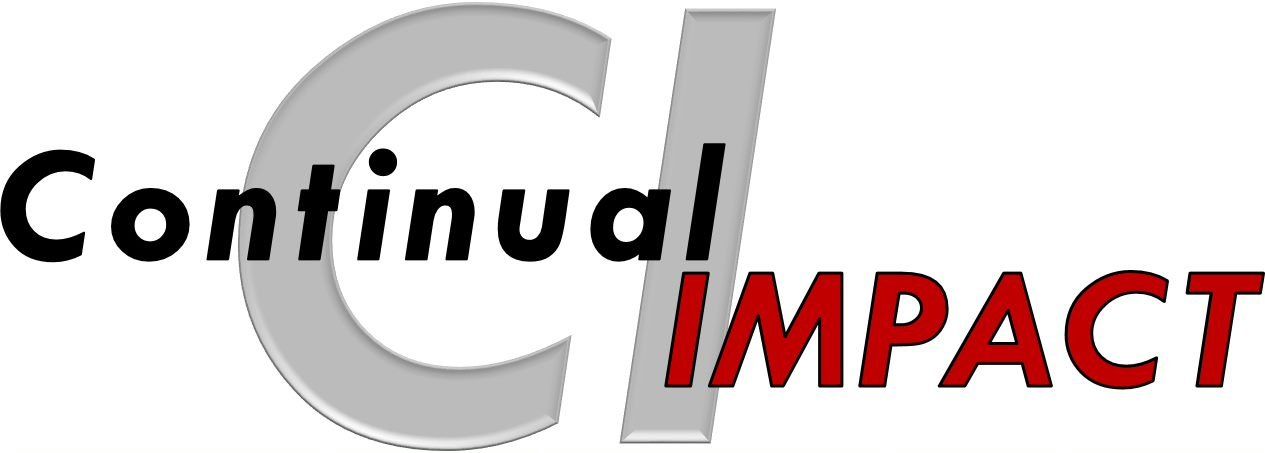Creating a Bigger Impact: Building on Your PDSA Skills
You have been using the 4-step improvement cycle of Plan – Do – Study – Act for continual quality improvement (CQI) projects.
Good! Teams have learned the 4 steps.
Better! Projects have created improvements.
Best! With PDCA knowledge as the backbone – continue growing and advancing your CQI impact.
Let’s level set on what occurs in the PDSA improvement cycle
PLAN: ◊ Frame the Problem-gap & goal ◊ Understand the current state process ◊ Data collection and evaluation ◊ Identify root causes and solutions
DO: ◊ Test potential solutions ◊ Measure results
STUDY: ◊ Analyze results and determine impact (Will the goal be reached?) ◊ Extract lessons learned to identify additional actions or tests
ACT: ◊ Effectively install the new process or outcome
Build Upon PDSA to engage team members in creating more innovative, significant, and transformative results.
Abraham Maslow says, “If the only tool you have is hammer, you tend to see every problem as a nail”. PDSA is the backbone for many improvement tools and methods (tools that follow the improvement cycle) so let’s build upon PDSA and expand your improvement toolkit. Advanced improvement methods use PDSA however are often tailored to specific types of problems or to eliminate specific forms of waste, in all types of processes . Here are some advanced improvements methods to learn-apply-advance your improvement impact:
5S + Visual Controls – Decrease time searching for information, material, people, or equipment. Sort, Shine, Straighten, Standardize, Sustain, (+ Safety). Benefits have included 35% productivity and 20% climate/engagement.
Flow – Decrease WAIT time within and between steps by balancing work content, sequencing tasks to one unit at a time, and introducing visual controls between work steps. Benefits have included 75% decrease in cycle time, 50% increase in process capacity, 95% on-time reliability, and 40% decrease in inventory.
Innovation Process – A process to create innovative, transformative processes, products, or services with immediate and long-term impact and benefits. Within the process several additional analytical techniques are utilized, including quality function development, value stream mapping, failure mode effect analysis, and TRIZ. Benefits have included increased customer loyalty and market growth.
Kaizen – Don’t wait for results. Get improvements rapidly (5 days) with the team-based systematic problem-solving process that flows through all phases of the improvement cycle effectively to identify waste in the targeted work process, understand and analyze the root causes, identify and test solutions, learn, install improvements, and create a system for ongoing improvement. Benefits have included 70% decrease in labor hours (575 to 175 hours per item) along with less frustration and overtime; shorter cycle time; and more standardized, consistent, and quality product.
Mistake Proofing – A systematic approach to reduce defects associated with “human error” and avoid the rework costs resulting from those defects. Benefits have included 99.8% improvement in data entry accuracy.
Quick Change / SMED – Reducing the waste of getting ready to do work or perform value added tasks by assessing each task of a changeover process to distinguish what can be done externally to the process and what cannot. Work is then redesigned to eliminate tasks, move external ones out of the changeover process and streamline all remaining activities. Benefits have included 94% decrease in changeover times (90 to 5 minutes).
Six Sigma – A disciplined, data-driven approach to reduce defects and variation in processes and products. With the high level of data analysis, the 4-steps are broken down into 5 steps: Define, Measure, Analyze, Improve, and Control. Benefits have included reduced process variation.
Value Engineering / Design for Excellence – Improve and simplify designs or processes in order to provide the lowest cost solution to meet the functional needs of the customer and where every component and activity is challenged to bring value. / Design information, processes, and products targeted to a specific phase of its life cycle, e.g., design for X = assembly, disassembly, customer service, transportability. Benefits have included simplified process design, reduced costs, and increased customer satisfaction.
The performance of your organization relies on development and use of both basic and advanced skills. Your personal challenge is to keep on developing skills and bringing more value by creating even more impactful improvements.
What methods have you applied? What have been most successful in your organization? Want to explore these advanced methods more? Call, direct message us.

